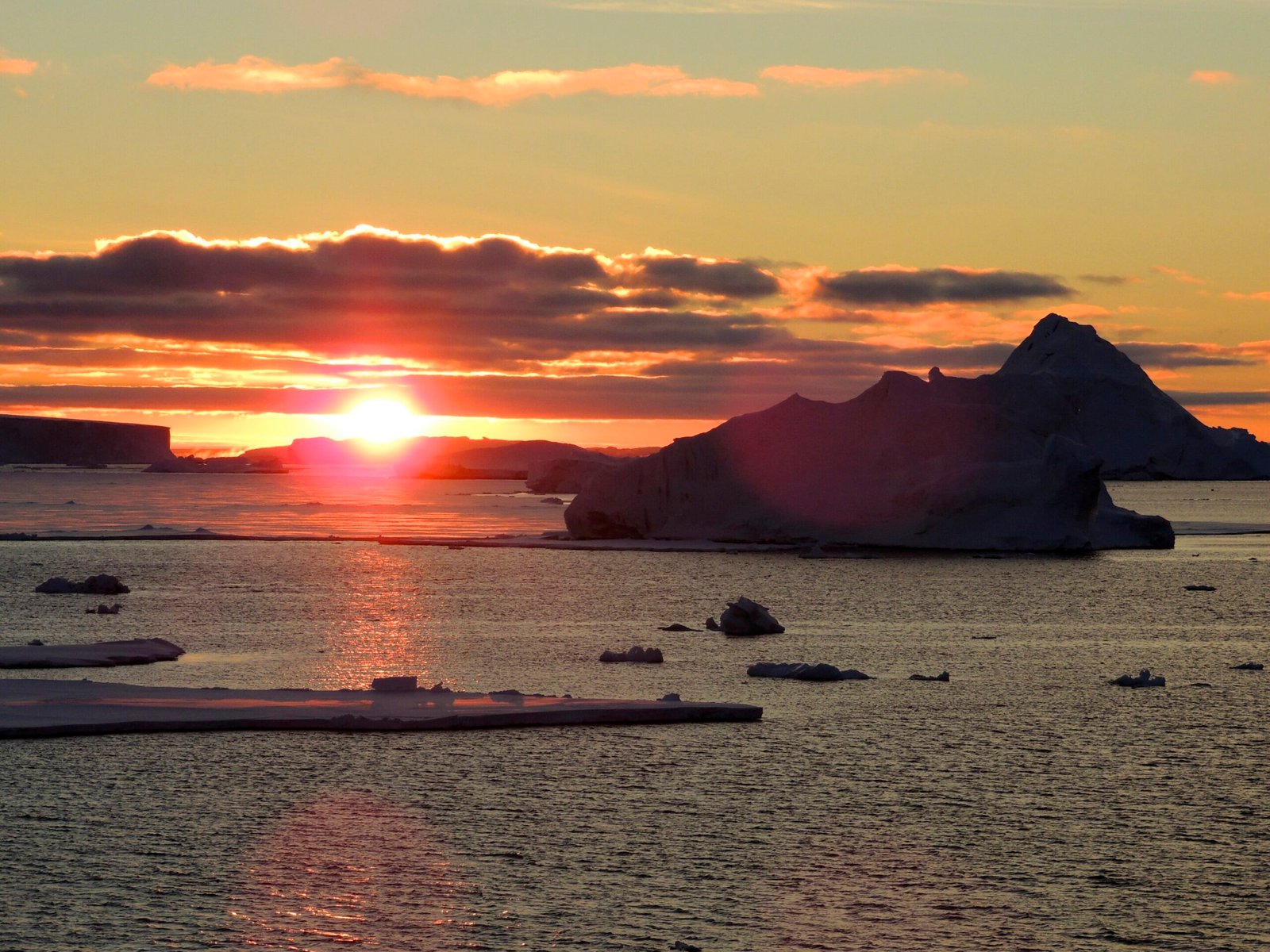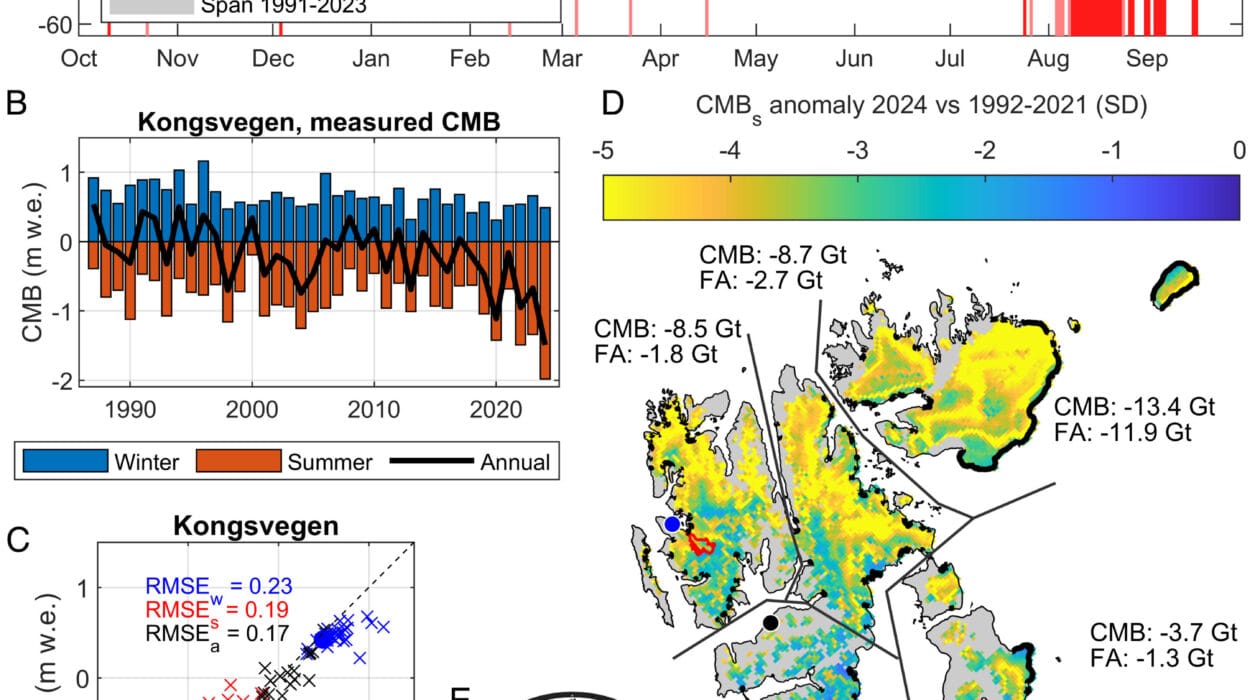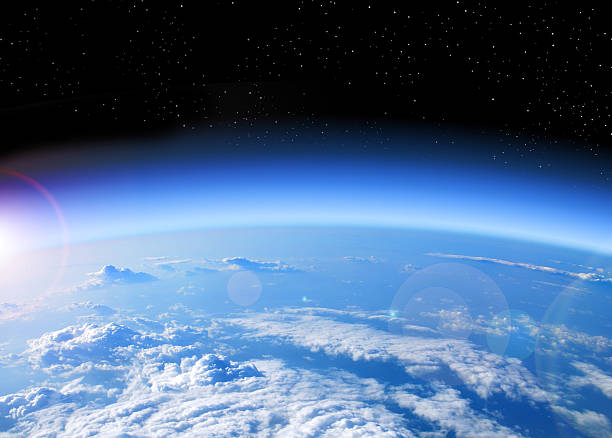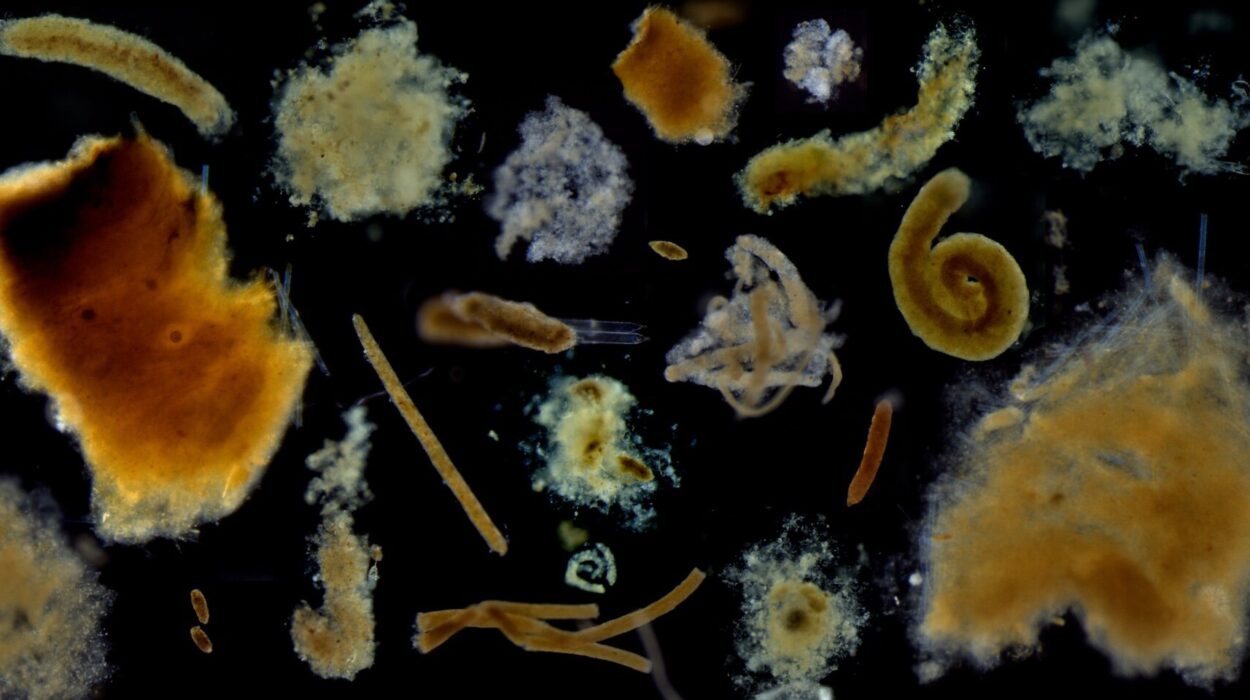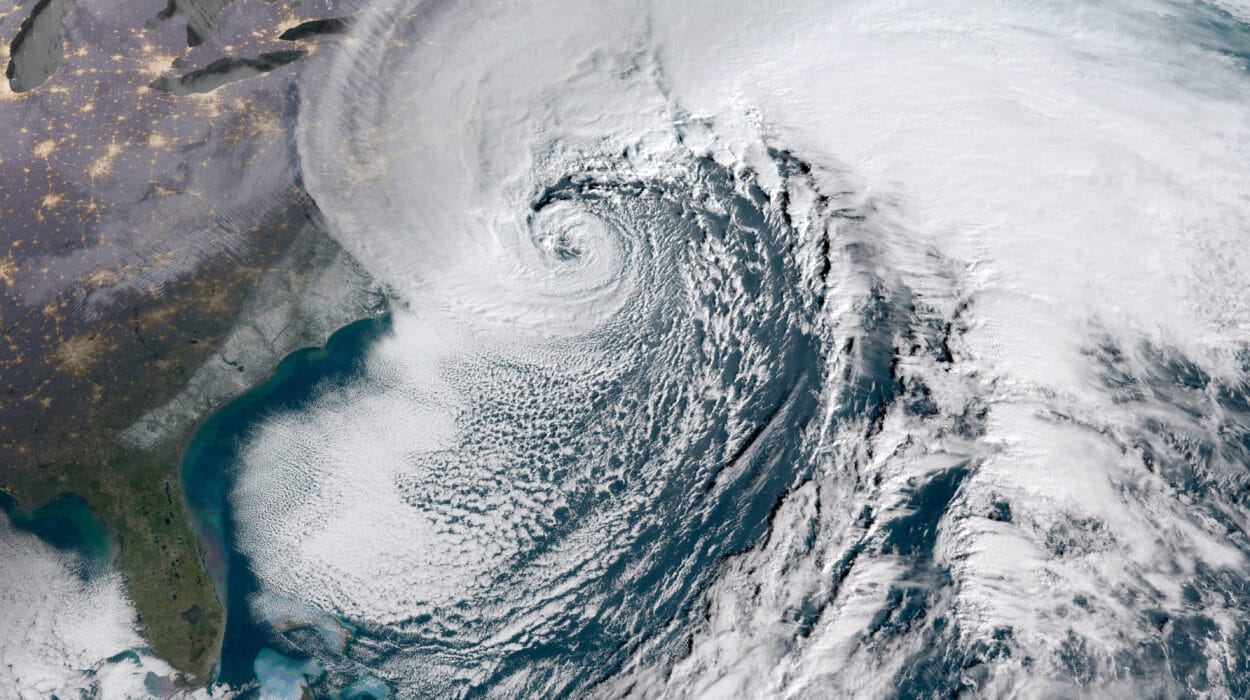The frozen frontier at the bottom of the world is changing—and fast. In a discovery that is sending shockwaves through the global climate science community, researchers have revealed that the Southern Ocean around Antarctica is undergoing a dramatic transformation. Surface waters are becoming saltier, sea ice is vanishing at record pace, and ancient patterns are being upended in ways scientists didn’t expect this soon—if at all.
This seismic environmental shift, led by researchers from the University of Southampton and published in the Proceedings of the National Academy of Sciences, is the most dramatic observed anywhere on Earth in recent decades. Since 2015, Antarctica has lost sea ice equal in size to Greenland. That’s nearly 2 million square kilometers—gone in just a handful of years.
But the most surprising twist? The Southern Ocean is no longer freshening as it has for decades. It’s getting saltier. And that one change is creating a feedback loop that threatens to unravel the Southern Hemisphere’s icy stronghold.
The Ocean Has Changed Its Mind
For decades, scientists had a working theory: that climate change would cause more rain and melting glaciers, making the ocean surface fresher and more buoyant. That fresh layer would float atop warmer, saltier deep water, strengthening stratification and allowing sea ice to expand or at least hold steady. And indeed, until recently, Antarctic sea ice did seem more resilient than its Arctic cousin.
But now, that model is breaking down.
Using a combination of new-generation European satellite technology and robotic floats that travel up and down the water column, researchers have observed a reversal of long-standing trends. South of 50° latitude, surface salinity is climbing sharply. This denser water now allows hidden heat from the deep to rise more easily, melting sea ice from below and making it harder for new ice to form.
“Saltier surface water allows deep ocean heat to rise more easily, melting sea ice from below,” explains Dr. Alessandro Silvano, the study’s lead author. “It’s a dangerous feedback loop: less ice leads to more heat, which leads to even less ice.”
This feedback loop isn’t just a troubling theory—it’s already being felt. Since 2015, satellite data shows sea ice around Antarctica has plunged to all-time record lows, year after year.
A Hole Reopens After Half a Century
Perhaps the most visually startling sign of this change is the reappearance of the Maud Rise polynya—a gaping hole in the middle of the sea ice in the Weddell Sea, nearly four times the size of Wales. It hasn’t been seen since the 1970s. Its return signals that the ocean is no longer behaving as expected.
To understand what this means, picture the Southern Ocean like a layered cake. The top is cold and fresh; the bottom is warm and salty. For decades, this layering kept the deep heat trapped. But with the surface now getting saltier and heavier, the “lid” is lifting.
This allows warm water to rise, melt the underside of the sea ice, and keep it from growing back—especially in the heart of the polar winter, when ice should be forming rapidly.
A Global Impact from the Bottom of the World
The implications stretch far beyond the Antarctic Circle.
Sea ice is more than just frozen ocean—it’s Earth’s mirror. Its bright white surface reflects sunlight back into space, helping regulate the planet’s temperature. As it shrinks, more solar energy is absorbed by the dark ocean below, warming the planet faster and further.
Aditya Narayanan, postdoctoral research fellow and co-author on the study, notes, “While scientists expected that human-driven climate change would eventually lead to Antarctic sea ice decline, the timing and nature of this shift remained uncertain. Instead of freshening and stratification, we’re seeing saltier water, weaker layering, and a rapid collapse of ice.”
This new reality isn’t just alarming—it’s destabilizing long-held climate models. As sea ice collapses, global weather patterns could become more chaotic. The Southern Ocean plays a crucial role in driving ocean currents and absorbing excess heat. If its delicate system falters, the world could feel the ripple effects: stronger storms, rising sea levels, shifting rain belts, and shrinking habitats for species that depend on sea ice—from penguins to krill.
A Wake-Up Call to the Scientific Community
This discovery has exposed a critical blind spot in climate forecasting. “The new findings suggest that our current understanding may be insufficient to accurately predict future changes,” says Professor Alberto Naveira Garabato, Regius Professor of Ocean Sciences at the University of Southampton. “It makes the need for continuous satellite and in-situ monitoring all the more pressing.”
Indeed, without real-time data from satellites and robotic floats in some of the harshest conditions on Earth, these changes might have gone unnoticed until it was too late. Now, scientists have a clearer window—but what they’re seeing is troubling.
For decades, Antarctic sea ice served as a quiet buffer against global warming. It wasn’t supposed to go this soon. It wasn’t supposed to go this way.
Yet here we are, watching the bottom of the world crack open—not with a bang, but with the slow, steady hiss of vanishing ice and rising salt.
The Future of the Southern Ocean—and the World
As policymakers and scientists gather around the world to tackle climate change, this study brings an urgent new message from the far south: we are entering uncharted territory.
If the Southern Ocean continues to warm and stratification continues to break down, we may witness a cascade of changes—faster ice loss, stronger weather extremes, and global systems thrown off balance.
But this discovery also offers a chance: to correct our models, improve our predictions, and rethink our role in this unfolding story.
The Southern Ocean, once a stabilizing force, is now a canary in the coalmine. It is warning us—not with fire or flood, but with salt and silence.
And we would be wise to listen.
Reference: Silvano, Alessandro, Rising surface salinity and declining sea ice: A new Southern Ocean state revealed by satellites, Proceedings of the National Academy of Sciences (2025). DOI: 10.1073/pnas.2500440122
